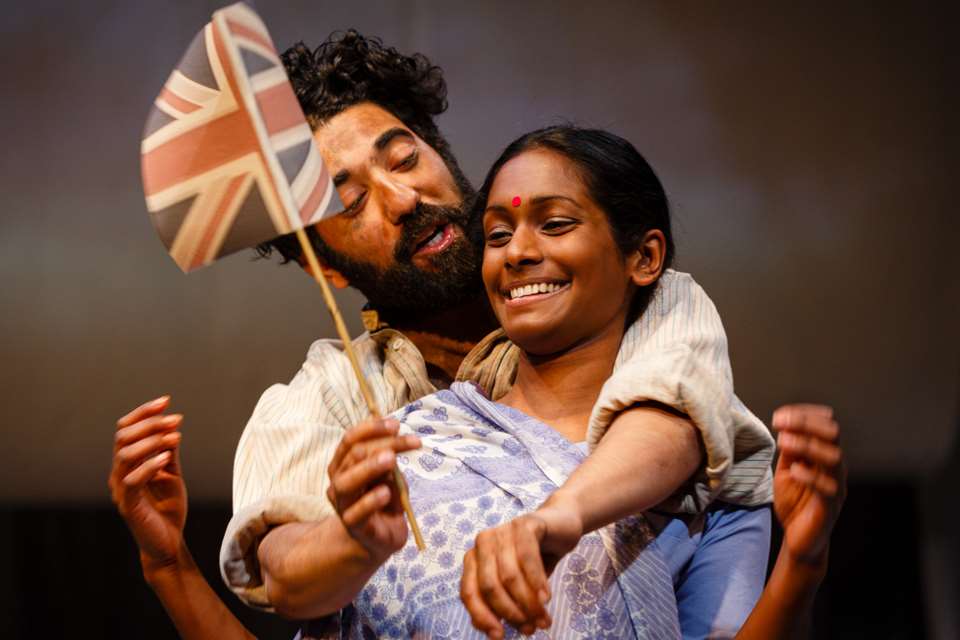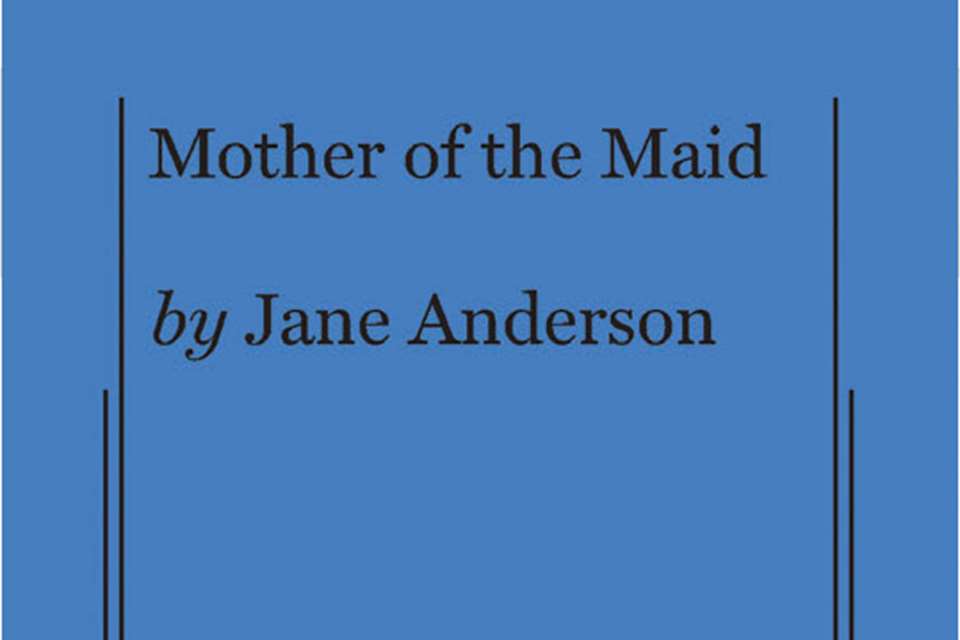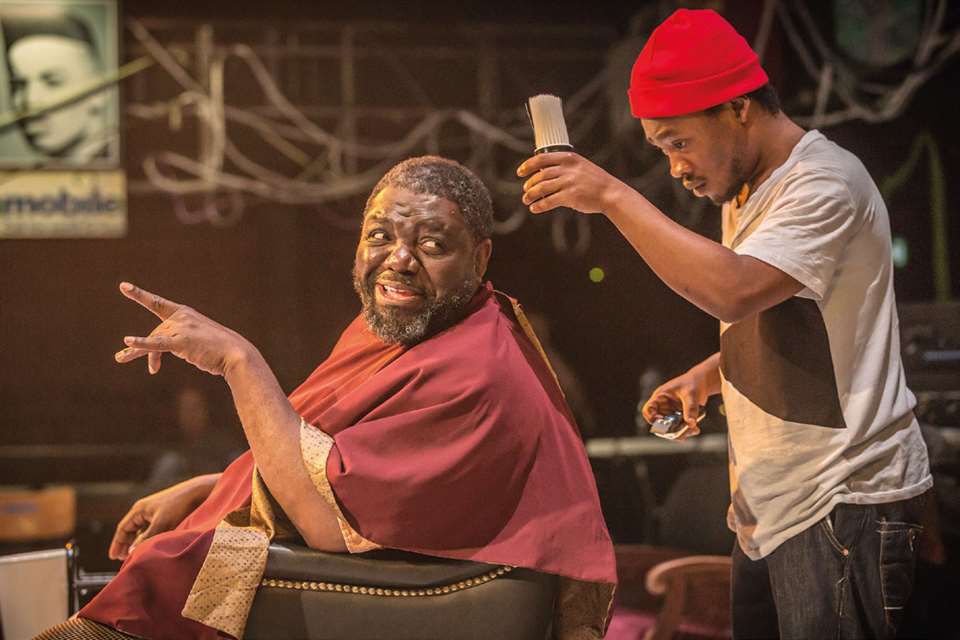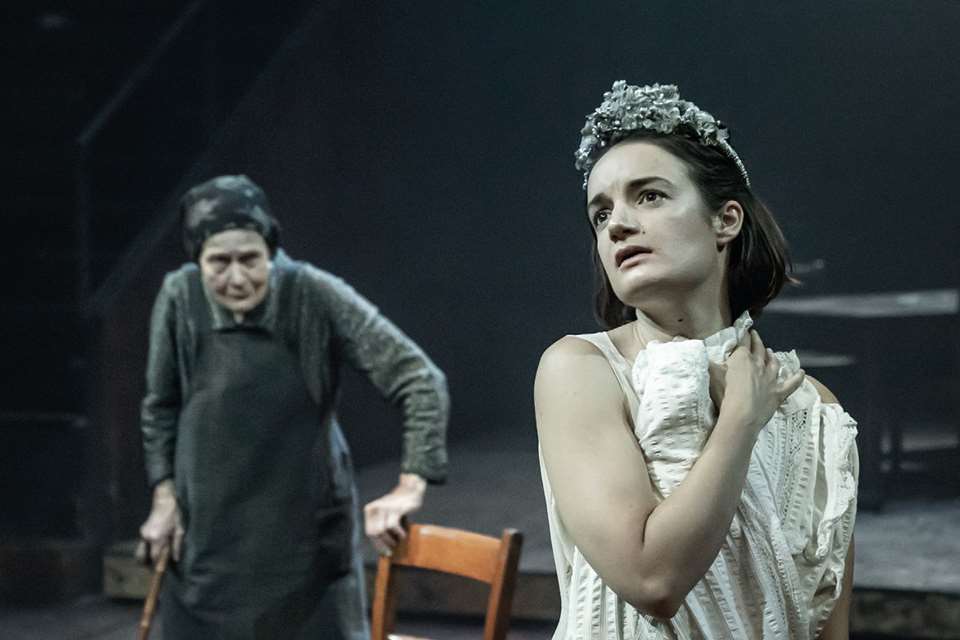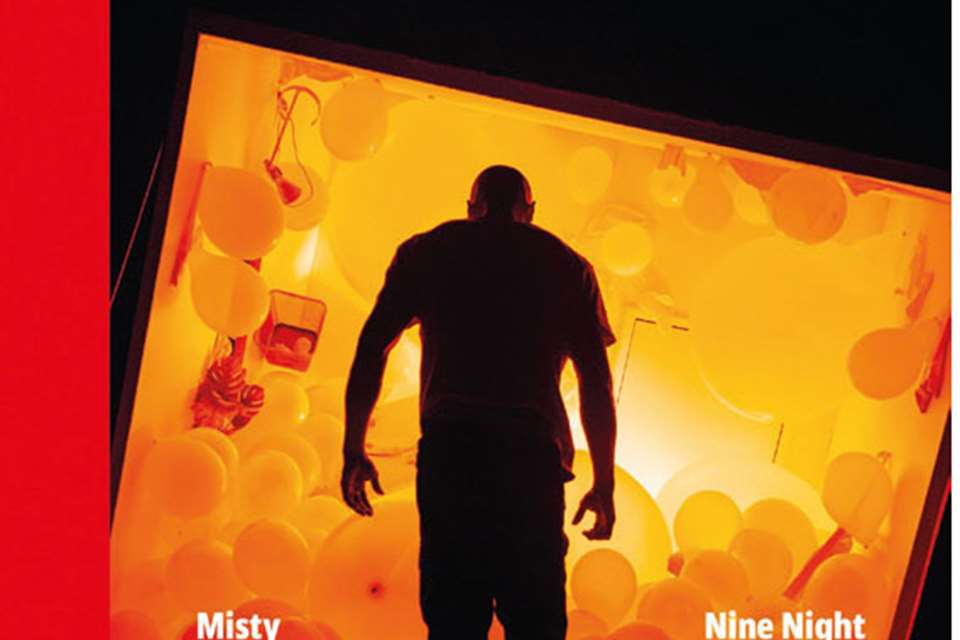Hedda Gabler by Henrik Ibsen
Henrik Ibsen, Sophie Duncan
Sunday, May 1, 2022
Each issue of D&T we bring you a teachers’ guide to a play for study with your students. This issue, Sophie Duncan introduces Ibsen's Hedda Gabler.
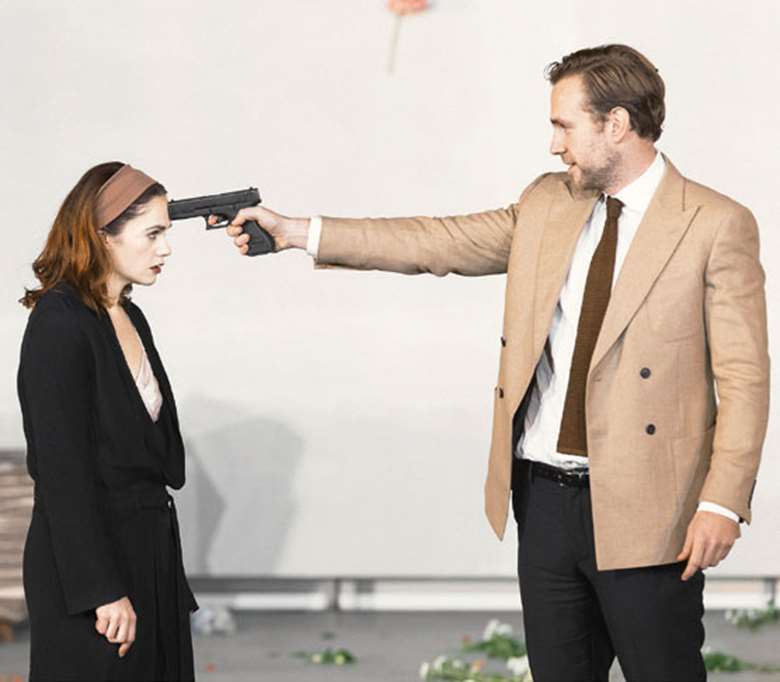
Jan Bersweyveld
Hedda Gabler (1891) is Ibsen's greatest tragedy. Victorian actresses adored Ibsen's plays as ‘glorious actable stuff’, in the words of suffragette actress Elizabeth Robins, but Hedda herself was reviled as ‘a malicious woman of evil instincts’ by conservative critics.
Naturalism and melodrama
Ibsen is important to the development of theatrical naturalism. Developing from realist drama's depiction of everyday life, naturalism added a scientific approach to character, eschewing the supernatural. Naturalistic characterisation emphasises characters’ heredity and environment. Hedda's father's portrait looms symbolically over the set; she kills herself beneath it. Playing with his pistols and controlling in her relationships, Hedda is a true general's daughter. But melodrama also shapes the plot featuring blackmail, two suicides, mislaid documents, and climaxes in a dramatic tableau around a corpse.
Characters have fantasies, which the play destroys: Hedda of being a luxurious socialite; Tesman and Lovborg of academic glory; Brack of power at the third point of the Tesman triangle. Thea idealises companionship with Lovborg and Juliana wants full nurseries. It is Aunt Juliana who utters the play's most melodramatic, quasi-religious lines. In Act One, she tells George his ‘enemies […] have been struck down. They have been made to bite the dust’. Lovborg, his ‘most dangerous rival’ has ‘had the mightiest fall’.
Themes
Aunt Juliana also introduces the crucial theme of money – her financial vocabulary, discussing securities, mortgages, and annuities indicate that ‘dear, sweet Auntie Juju’ is a shrewd strategist. Juliana also embodies the play's theme of parenthood. She stepped in to mother her nephew (George and Hedda are both orphans with influential fathers and unmentioned mothers), cares for her sister, and anticipates mothering George's children. Thea is a housekeeper-turned-stepmother who has left her stepchildren for Eilert. Thea and Eilert collaborate on a symbolic child, which Eilert pretends to – and Hedda does – destroy. Hedda, carrying a real child, desperately pretends otherwise, killing the baby with herself at the play's end. How pregnant does Hedda look? Does Thea view reconstructing Eilert's manuscript as conceiving a new ‘child’ with George (she is his ‘old flame’)? Will Thea become the second Mrs Tesman just as she's been the second Mrs Elvsted?
Design: Props and Setting
Ibsen's typically detailed directions cram the stage with furniture and props, several of which – the portrait, stove, pistols, and piano – drive the play. Ibsen reveals relationships through characters’ different valuations of props. Act One contains particularly sharp examples. Aunt Juliana's new bonnet and George's old slippers are prized by the blood Tesmans, but devalued by the family's newest member, Hedda.
Ibsen also creates moments which force characters to re-evaluate objects. Eilert's manuscript becomes a ‘child’ for Hedda, while her father's pistol changes from a final chance for her to control Eilert's destiny (making his suicide ‘beautiful’) to a weapon for Brack to blackmail her against scandal. Get students to read Other People's Shoes, actress Harriet Walter's autobiography, which describes how experimenting with props helped her build her performance as Hedda in Lindy Davis's 1996 production.
Sets may abandon Ibsen's instructions: Meyerhold's 1906 production used an expressionistic design to symbolise characters’ relationships, seating Hedda on a throne. Ivo van Hove's 2016 production used a stripped-back set with minimal furniture, intended to represent how Hedda sees the room – inadequate and empty. Students designing sets might consider the characters’ obsession with being judged: what people will say, what is normal, what is shameful. From Juliana seeking an appropriate hat for public socialising with Hedda to Brack's final ‘People don't do such things!’ scandal and shame loom. Designers might also consider Hedda's preoccupation with ‘beauty’: does anything look ‘beautiful’ in this play?
The unseen
The unseen remains powerfully felt. Violence happens offstage as in Greek tragedy, and we are left to imagine the life and death of Auntie Rena – and the personality of the ‘red-haired singer’ who shares Hedda's colouring (her hair is ‘auburn’) and fondness for pistols. We also hear about crucial scenes before the play's beginning: Hedda and Eilert's relationship, Eilert's disgrace and comradeship with Thea, and Hedda and George's ghastly honeymoon.
The differing accounts of Brack's ‘bachelor party’ and Eilert's suicide destabilise truth. Sifting the play text for clues and improvising missing scenes will help student actors and directors study the play. What attracted Eilert to such ostensibly different women as Hedda and Danielle? Is Aunt Juliana a saintly caregiver or a controlling martyr?
With A Doll's House and Ghosts, Hedda Gabler makes up the triumvirate of Henrik Ibsen's most controversial plays about women. Hedda Gabler rewards careful textual study but also invites ambitious, visceral choices in costume and design.
Links and Resources
- Harriet Walter's Other People's Shoes (1996) – detailed, readable discussion of Hedda
- Rehearsal diary for Ivo van Hove's 2016 production that considers set design, characterisation, and direction: bit.ly/3vBsd50
- Susan Torrey Barstow, ‘Hedda Is All of Us’, Victorian Studies (2001), 387–411 explains why Victorian women responded so powerfully to the play
- George Eliot's Middlemarch: Dorothea yearns to be her awful husband's intellectual comrade and suppresses her sexuality. Chapters 19–22 (the worst honeymoon in literature) anticipate both Hedda and Thea's experiences.


